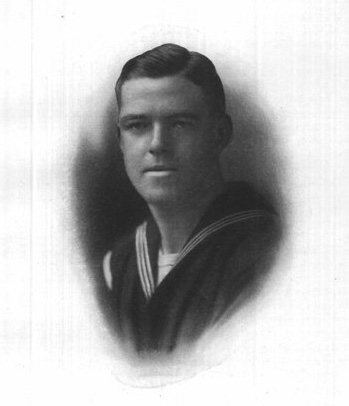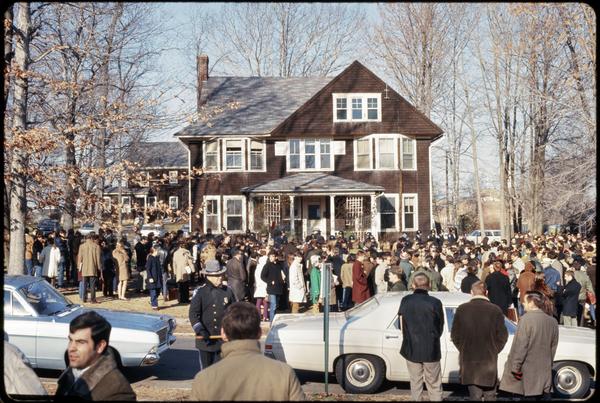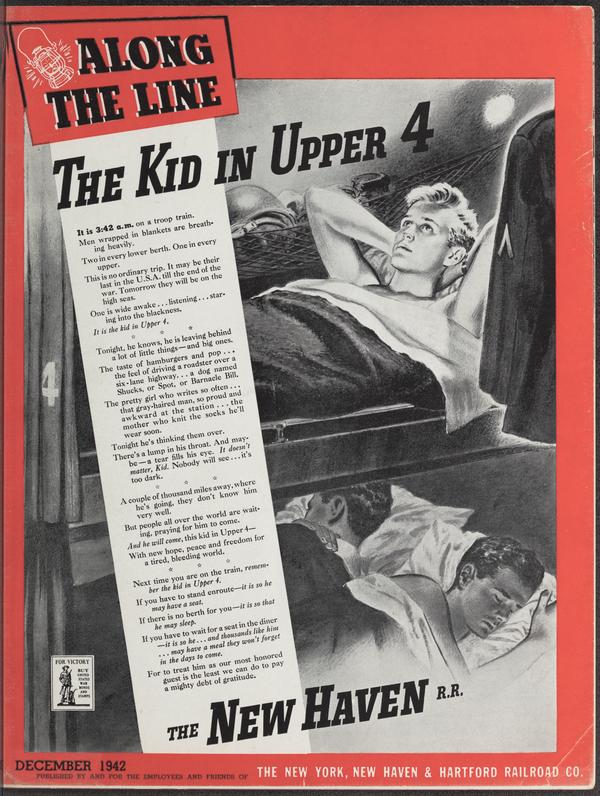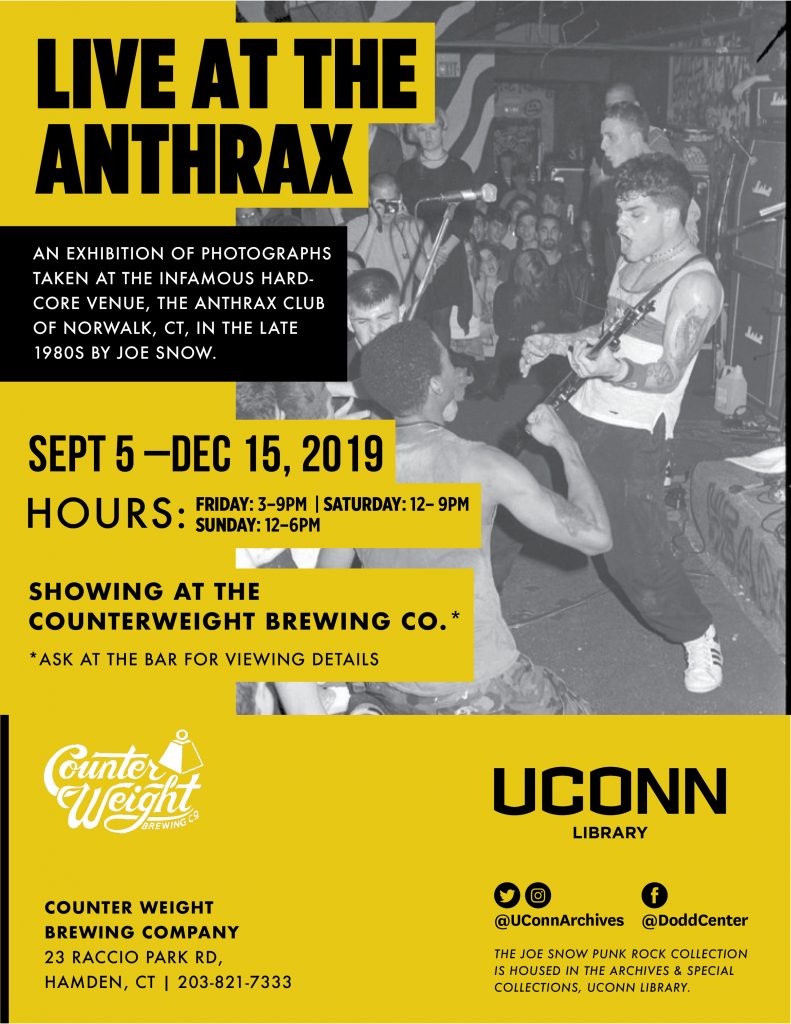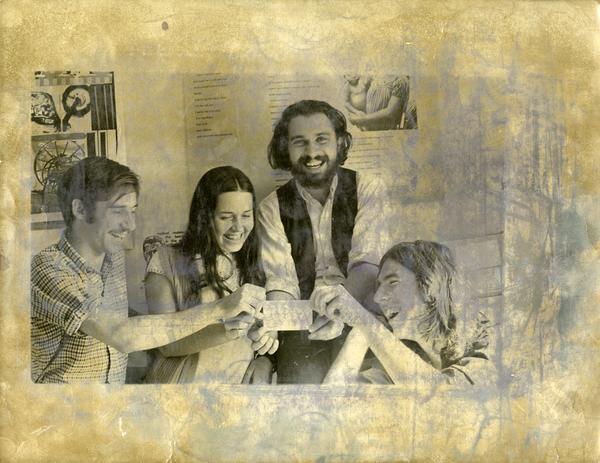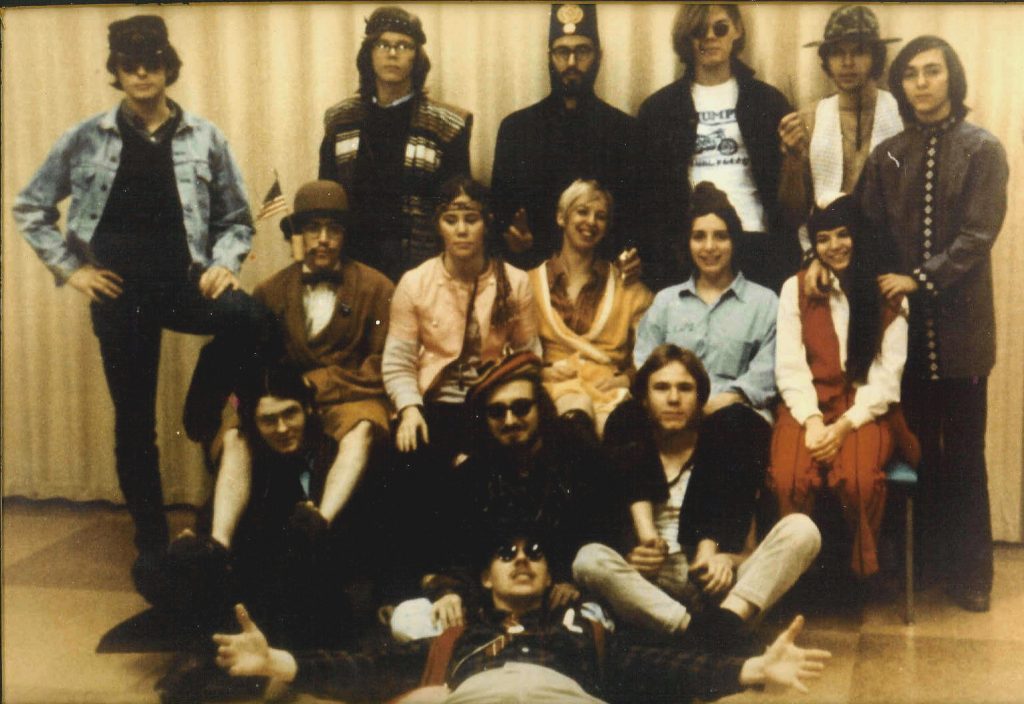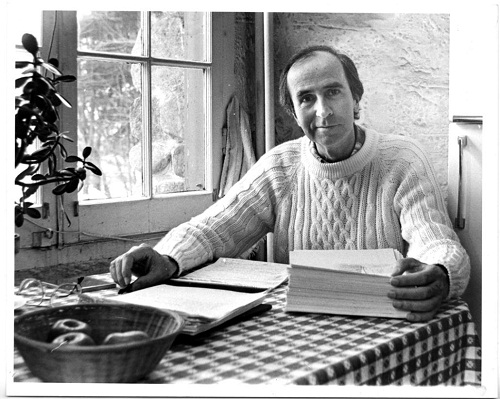[slideshow_deploy id=’8738′]
While most of the papers, records, and collections housed in the Archives & Special Collections date from the mid-nineteenth and twentieth centuries, we do get inquiries for documents from periods before the 1830s. There are a variety of collections that document the history of Connecticut and the United States before the 1830s, some even dating from the colonial period. Some of these collections include materials on the administration of the local and federal government, such as the Gaines Collection of Americana. Other collections, such as the records from the Slater Company and Hartford Bank, present a variety of lenses with which to view the establishment and growth of influential Connecticut businesses. Also collections which have documents before 1830 include the personal papers of Connecticut families. Family papers, besides being valuable for genealogical purposes, offer a wealth of information in the form of deeds, wills, receipts, and personal correspondence and papers. One notable example is the Henry Hill Papers, which includes a journal documenting life on a plantation in Brazil in the 1820s.
Local and Federal Government documents:
Gaines Collection of Americana: this collection contains a variety of documents from 1786 through 1842, which were collected by Connecticut scholar and attorney, Pierce Welch Gaines (1905-1977). The materials in this collection include legal documents, personal and professional correspondence, receipts, and official reports issued by the federal and state government. One notable document signed by Alexander Hamilton in 1790 details the Treasury Department’s concern with the payment of duties. The collection contains other interesting examples of commerce and government business during the early American republic, some detailing aspects of Connecticut’s history. For example, the collection includes a tax notice issued by Connecticut’s government from 1800 announcing the tax on “Dwelling-Houses, Lands and Slaves” within the district. Gaines also collected political pamphlets and periodicals, some related to Connecticut’s constitutional politics in the early nineteenth century, however these are part of the library’s main catalog. The finding aid is available at: https://archivessearch.lib.uconn.edu/repositories/2/resources/389
Connecticut Business & Local History
Slater Company Records: These records detail the history of a Griswold, Connecticut cotton textile mill shortly after its founding in 1809. First established by John and Lafayette Tibbits in the Jewett City borough of Griswold, the Jewett City Cotton Manufacturing Company experienced limited success until it was eventually sold to Samuel and John Slater in 1823. Samuel Slater had immigrated to America from England in 1789 and built the U.S.’s first cotton mill in Rhode Island, and with the help of his brother, incorporated the latest technological advancements from England. The Slater brothers made significant improvements to the Jewett mill, turning it into a prosperous cotton manufacturer and providing employment for many in the area. The mill remained under the control of the Slater family for the rest of the nineteenth century. Much of the materials in this collection concern the financial business of the Slater mill at Jewett City. These include administrative accounts, correspondence, daybooks, cashbooks, ledgers, as well as labor and production records. The finding aid is available at: https://archivessearch.lib.uconn.edu/repositories/2/resources/660
Hartford National Bank & Trust Company Records: this collection includes documents from the Hartford Bank from the late eighteenth century through the twentieth century. Established through the efforts of influential Connecticut men, including Noah Webster, John Trumbull, and Jeremiah Wadsworth, the bank was granted a charter from the state on May 29, 1792. It opened to the public on August 8, 1792 on Pearl Street in Hartford. Although it would eventually move to other locations, the bank has always been an important part of Hartford’s business center, and it contributed to the development of Connecticut’s insurance industry. It became the Hartford National Bank in 1865, when it became part of the national bank system. The collection includes financial records dating back to 1792, some of which include daybooks, deposit ledgers, checkbooks, and balance sheets. Also part of the collection are an assortment of corporate records, such as minute books, records of agreements and contracts, and correspondence, with some documents dating to before 1830. The finding aid is available at: https://archivessearch.lib.uconn.edu/repositories/2/resources/434
Hartford National Corporation Records: In 1969, the Hartford National Bank and Trust Company was purchased by the Hartford National Corporation (HNC). The documents in this collection supplement the Hartford National Bank & Trust Company Records, as they include records from the Hartford Bank from the time of its founding. The pre-1830 records in this collection includes an assortment of financial records, such as a daybook, ledgers, and a record of original subscriptions.
The finding aid is available at: https://archivessearch.lib.uconn.edu/repositories/2/resources/424
Hampton Antiquarian and Historical Society Collection: this collection is comprised of the Hampton Antiquarian and Historical Society’s archive. While the collection includes items that date up until the early twentieth century, it also contains a variety of documents from the eighteenth and early nineteenth centuries that illustrate the lives and business of people who lived in Hampton, Connecticut. Documents dating before 1830 in this collection include wills, deeds, and family letters, as well as store ledgers and account books from businesses in Hampton. Also included are official town documents, for example legal contracts and correspondence concerning road construction in the area. The finding aid is available at: https://archivessearch.lib.uconn.edu/repositories/2/resources/879
Wauregan and Quinebaug Company Records: this collection holds the records of the Wauregan and Quinebaug textile mills, as well as a variety of documents related to members of the Atwood family, who were connected to the management of the mills from the early nineteenth century. While most of the materials in this large collection date from between 1850 and 1950, there are some records before 1830. These detail Atwood family history, and include land transactions, surveys, and deeds going back to 1809. The finding aid is available at: https://archivessearch.lib.uconn.edu/repositories/2/resources/792
Sargent and Company Records: Founded in the mid-nineteenth century, Sargent and Company was a manufacturer of locks and hardware based in New Haven, Connecticut. Established by Joseph B. Sargent, Sargent and Company began as a commission business in New York City. In 1865, Sargent moved his company to New Haven, Connecticut, where it made small hardware items which were then sold to manufactures in New York. By 1900, the company had grown to become one of the largest in the lock and hardware industry. Most of the records in this collection are from after 1850, however it contains earlier materials related to Joseph Sargent and his family. This includes family correspondence (the earliest from 1720), as well as records such as receipts and contracts that detail the business and finances of the Sargent family from the early nineteenth century. The finding aid is available at: https://archivessearch.lib.uconn.edu/repositories/2/resources/638
Family Papers:
Fitts Family Papers: this collection is made up of personal documents from a family located in Ashford, Connecticut. The primary individuals mentioned in the collection are Stephen Fitts, John Moore, and Frederick Knowlton. The collection includes correspondence, legal papers, bills and receipts, tax records, deeds, and other papers dating from 1770 to 1909. The finding aid can be found at: https://archivessearch.lib.uconn.edu/repositories/2/resources/378
Leavenworth Family Papers: this collection includes both personal and professional documents that span many generations of the Leavenworth family of Connecticut. The first Leavenworth documented in the collection is David Leavenworth, who fought in the Revolutionary War. The collection contains a small assortment of legal documents from the eighteenth and early nineteenth centuries, many of which concern the granting and division of land. The finding aid is available at: https://archivessearch.lib.uconn.edu/repositories/2/resources/492
Smith Family Papers: The Smith family founded and ran mills in the Canterbury area of Connecticut from the mid-eighteenth century until the 1940s. The collection includes personal and business-related documents, including letters, financial records, ledgers, account books, and daybooks, with the earliest business records date from 1774. The finding aid is available at: https://archivessearch.lib.uconn.edu/repositories/2/resources/663
T.S. Gold Family Papers: this collection contains a wide variety of personal papers, legal and financial documents, correspondence, printed material, and memorabilia regarding the Gold and Cleveland families. Much of the collection details the life and work of Theodore Sedgwick Gold (1818-1906), who was the co-founder of the Cream Hill Agricultural School in West Cornwall, Connecticut. Gold also helped establish the Connecticut State Agricultural Society in 1853, and was a trustee of the Storrs Agricultural School from 1881 to 1901. While most of the collection dates from the second half of the nineteenth century, it contains a number of legal and financial documents from the late eighteenth and early nineteenth century, as well as family letters from the 1820s. The finding aid is available at: https://archivessearch.lib.uconn.edu/repositories/2/resources/397
Henry Hill Papers: this collection contains family correspondence to and from Henry Hill, who was born in Guilford, Connecticut in 1778. Hill was appointed by President Thomas Jefferson in 1808 as U.S. Consul to San Salvador, Brazil. He resigned from this post due to health issues in 1819, and moved to a large plantation, Columbiano. Eventually, in 1833, he returned with his family to the U.S., and lived in Buffalo, New Yok, until his death in 1841. The Henry Hill Papers include many personal letters from Henry Hill to his wife, Lucy, before she joined him in Brazil. In one notable letter to Lucy, Hill gives a description of San Salvador upon his arrival. The collection also contains letters from Henry and Lucy’s children and other family members. Besides correspondence, the collection includes financial and government documents, as well as a fascinating account of Hill’s voyage to Columbiano, which includes details of everyday life on a plantation growing coffee, cotton, and sugar cane. The finding aid is available at: https://archivessearch.lib.uconn.edu/repositories/2/resources/430
We invite you to view these items in the reading room in Archives & Special Collections. Our staff is happy to assist you in accessing these and other collections in the archives.
This post was written by Alexandra Borkowski, a UConn PhD student and student assistant in Archives & Special Collections.
